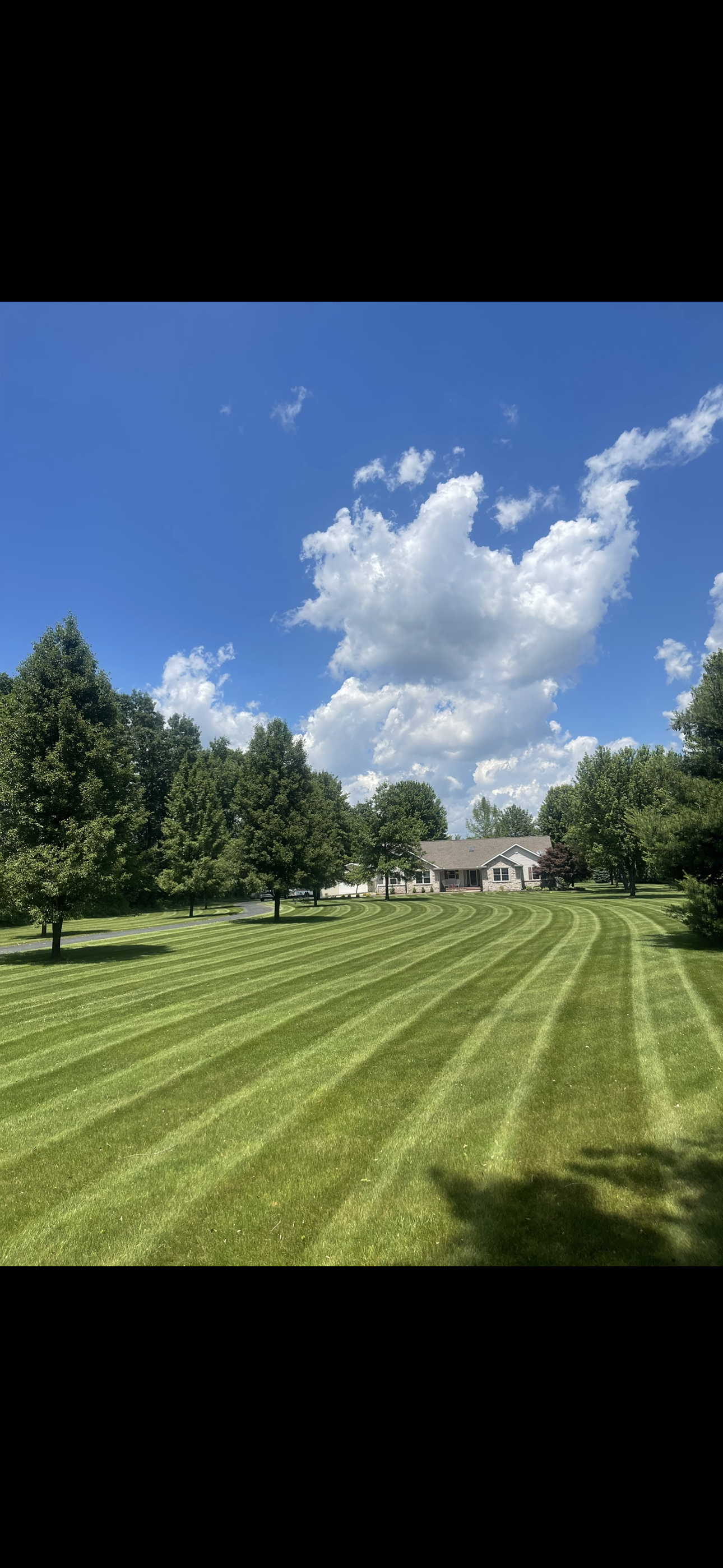
Beyond Grass: Integrating Unique Plant Varieties into Your Outdoor Design Jun 21, 2025
The first step in integrating unique plant varieties is understanding your garden’s microclimates. Every yard has areas that differ in terms of sunlight, soil type, and moisture levels. Mapping out these zones helps in selecting the right plants that will thrive in each section. For instance, drought-tolerant succulents may flourish in sunny, arid spots, while ferns are ideal for shaded, moist areas. By strategically positioning your plants, you ensure healthier growth and a more vibrant landscape.
The aesthetic appeal of any garden hinges on its diversity. Incorporating a variety of textures, colors, and forms is key to crafting an engaging visual experience. Consider mixing perennials with shrubs and ornamental grasses for layered interest throughout the season. Colorful blossoms like echinacea or black-eyed susans can provide a pop of color, while variegated foliage plants such as hostas add intricate patterns to the mix. This variety not only captivates the eye but also supports biodiversity by attracting various pollinators like bees and butterflies.
Sustainability is another compelling reason to diversify your plant life. Native plants, in particular, are adapted to the local environment, requiring less water and maintenance. First Class Grass LLC recommends incorporating these resilient species to build an eco-friendly garden. They not only conserve water but also create habitats for native wildlife, enhancing the ecological value of your space.
For those interested in a more practical approach, consider integrating edible plants into your landscape. Herbs such as rosemary and lavender can double as both ornamental and culinary elements. Fruit-bearing shrubs and trees, like blueberries and dwarf apple trees, not only provide harvests but also contribute to your garden’s overall beauty. Combining edibles with ornamentals creates a multifunctional garden that’s as delightful to look at as it is to harvest from.
Pathways and borders offer an excellent opportunity to showcase unique plant varieties. Use them to define spaces and lead guests on a journey through your garden. For instance, lining a pathway with fragrant lavender or using turquoise-hued sedum around stepping stones can enhance your landscape’s sensory appeal. Meanwhile, climbing plants like clematis or morning glory can transform fences and trellises into lush, living tapestries.
In conclusion, reimagining your outdoor design with diverse plant selections is a rewarding endeavor that can breathe new life into your garden. By experimenting with a medley of textures, colors, and forms, you create a dynamic space tailored to your tastes and environmental conditions. As you embark on this journey, remember that the expertise of professionals like FIRST CLASS GRASS LLC can guide you in making informed choices that maximize the potential of your outdoor space.
Creating an outdoor design that goes beyond the norm requires creativity and planning but offers immense satisfaction and aesthetic rewards. Whether you aim to increase biodiversity, enhance visual appeal, or cultivate an edible landscape, integrating unique plant varieties will undoubtedly transform your garden into a personal paradise.
/filters:no_upscale()/media/bfdfde9c-90d6-41ff-96dd-3bf937898a6b.jpg)
/filters:no_upscale()/filters:format(webp)/media/7ec8d3c6-4951-4dc8-9563-27011319eb15.png)